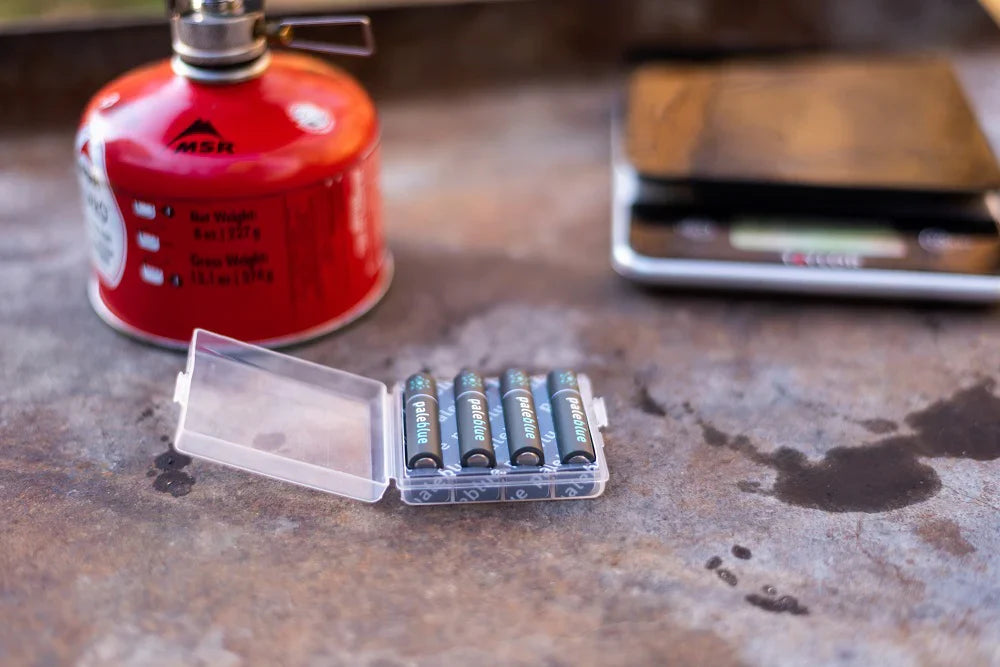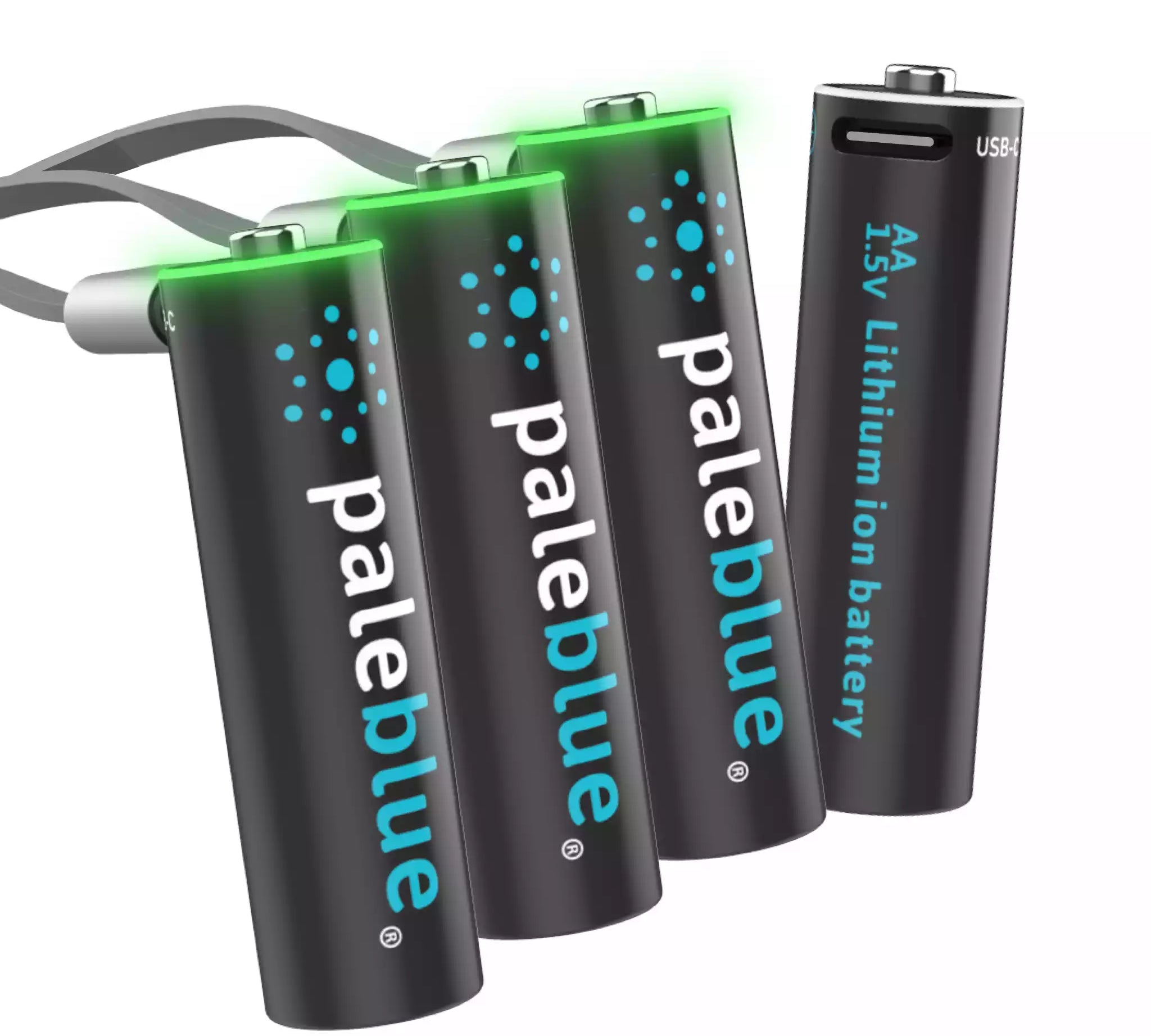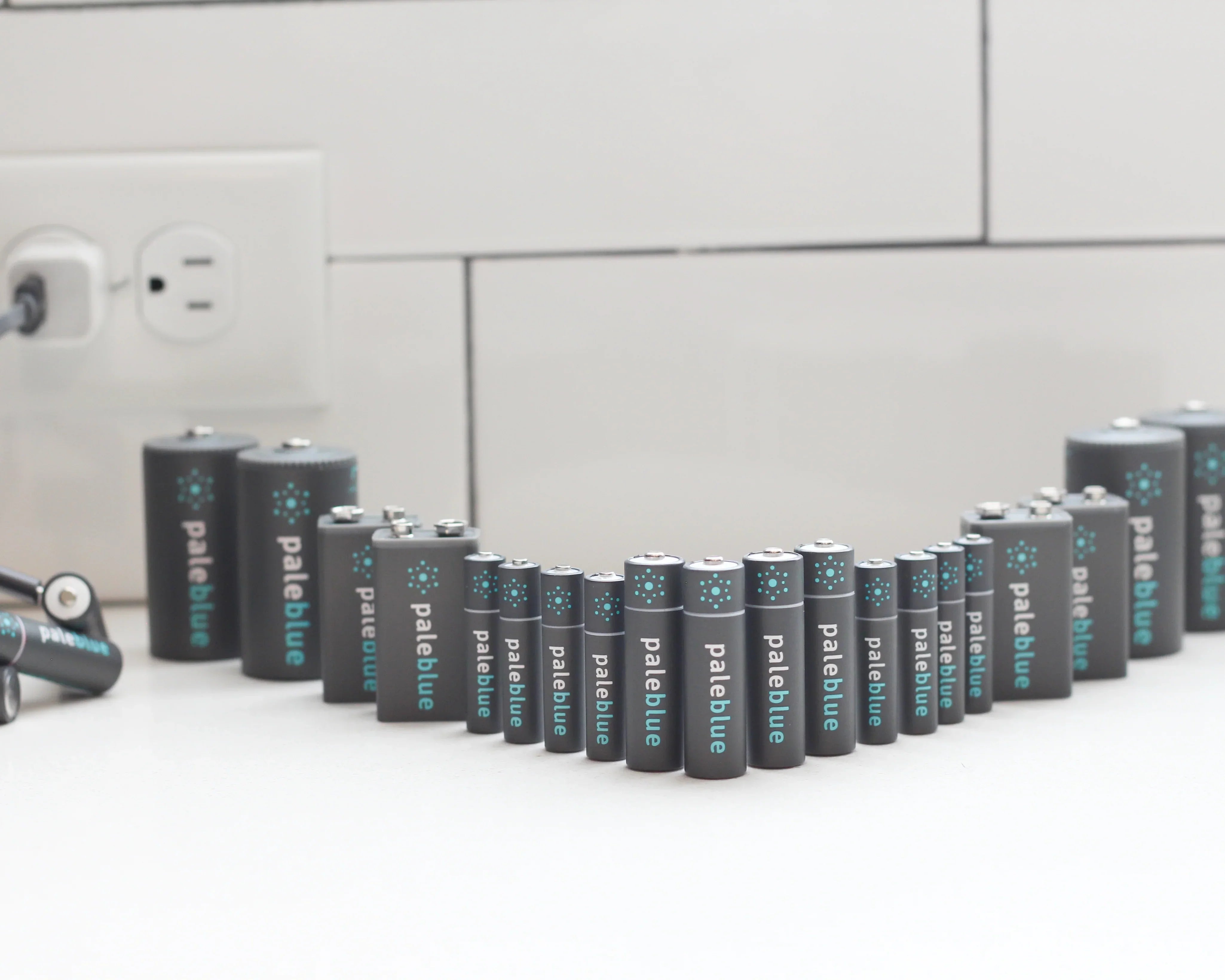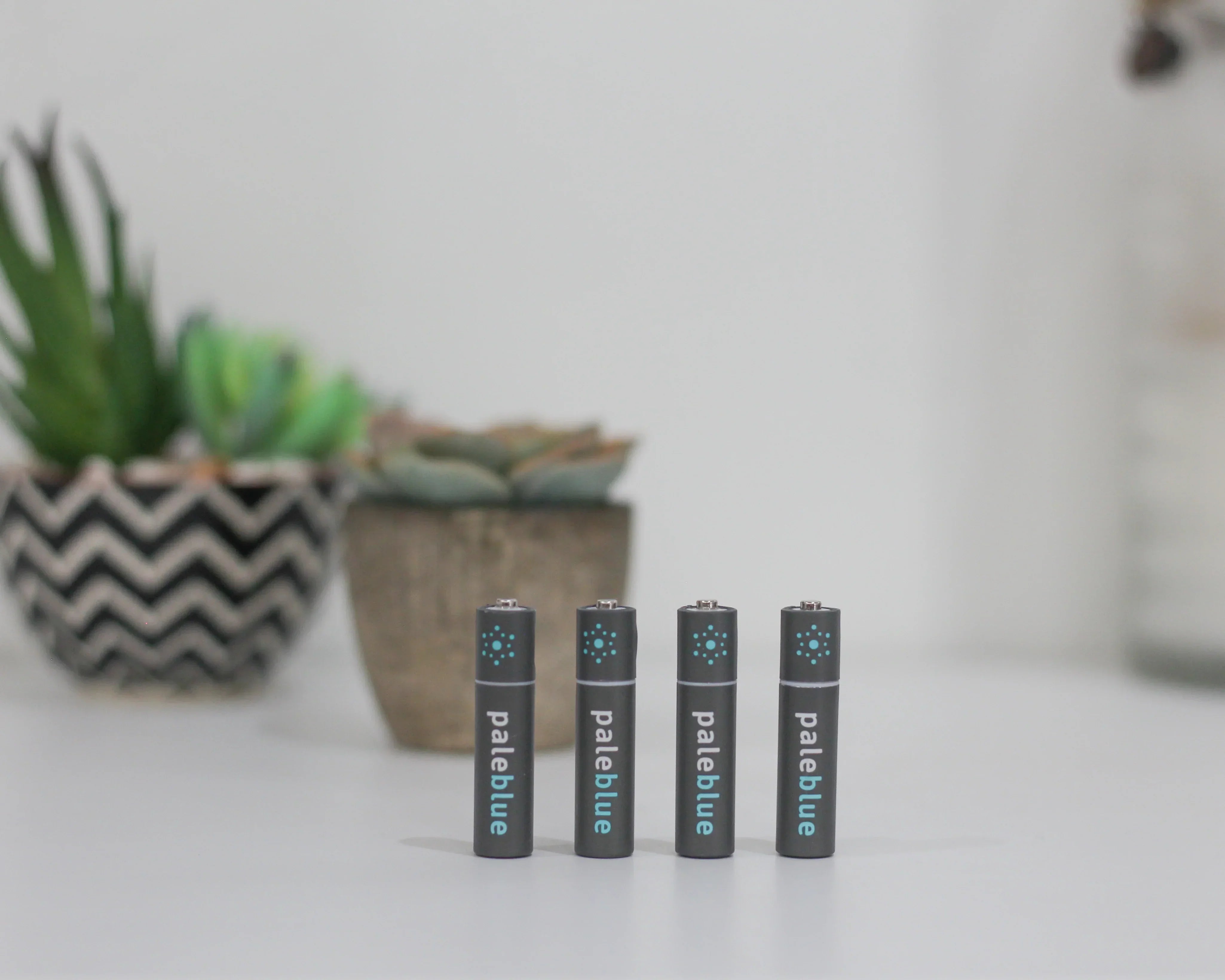Reuse, Repurpose, and Recycle: It is All Good

The global drive for sustainability has ultimately led to a better understanding of how each of us can reduce waste. Reducing waste is just one piece of the sustainability puzzle. The three easiest ways to do it are to reuse, re-purpose, and recycle whenever possible.
The differences between the three may appear semantic. They really are not though. On the one end of the scale is reusing. In its purest form, reusing completely eliminates waste. Recycling is on the other end of the scale. In its purest form, it still produces some amount of waste, albeit a minimal amount.
Whether you reuse, re-purpose or recycle, it is all good. Hopefully, you do all three. We are doing our part by encouraging people to leave behind the single-use battery technology of the past in favor of USB rechargeable batteries that can be charged 1000+ times.
Reusing Items at Home
Reusing is a simple concept. It involves taking the same item and using it multiple times instead of throwing it away after just one use only to then need another and another and another. This simple definition suggests that our rechargeable batteries are reusable products. But think about other things in your home. The dishes in your kitchen cupboards are reusable.
Mentioning dishes may seem odd, but there are people who use disposable paper and plastic rather than washing dishes after every meal. Paper and plastic are more convenient. We get that, given how busy modern life can be. But every paper plate and plastic utensil thrown in the garbage can ends up in a landfill.
Moving on from the kitchen, consider that Christmas is fast approaching. If you give gifts in reusable bags rather than disposable wrapping paper, you are helping to reduce waste. Do the same thing with your Christmas decorations. Rather than throwing away the paper and cardboard decorations like normal, store them and use them again next year.
Repurposing Items at Home
Repurposing is considered distinct and separate from reusing because you're taking common items and putting them to use in some other way. For example, a plastic container originally holding cold cuts can be repurposed as a receptacle for your lithium-ion batteries. That way, the batteries are not moving around freely in the junk drawer.
Old towels that would otherwise be sent to a landfill can be cut up and used as rags. They make great cleaning cloths for windows, showers and bathtubs, and even washing the car. There are lots of things we normally throw in the trash that could be repurposed with a little bit of creativity.
Recycling Items at Home
Reusing and repurposing are pretty easy to pull off. Recycling, not so much. We are used to participating in curbside recycling programs that ask us to separate various kinds of plastics and put them in a special bin along with paper and glass. Unfortunately, most of what goes in those curbside recycling bins never gets recycled.
So how can we make a difference as individuals? By looking for local recycling programs that actually want what we have. For example, lithium-ion batteries can be recycled. Hardware stores, pharmacies, and even department stores across the country act as collection centers. Collected batteries are sent to recycling centers where usable materials are recovered.
We believe wholeheartedly in reducing waste as much as possible; therefore, we make USB rechargeable batteries. Our batteries are rated for 1000 recharges, so anyone who makes the change from using alkalines to our batteries will reduce single-use battery waste significantly. We hope you will join us by discontinuing your use of single-use batteries. In the meantime, we can all make a difference by reusing, repurposing, and recycling at home.
- Tags: Economical Sustainability







